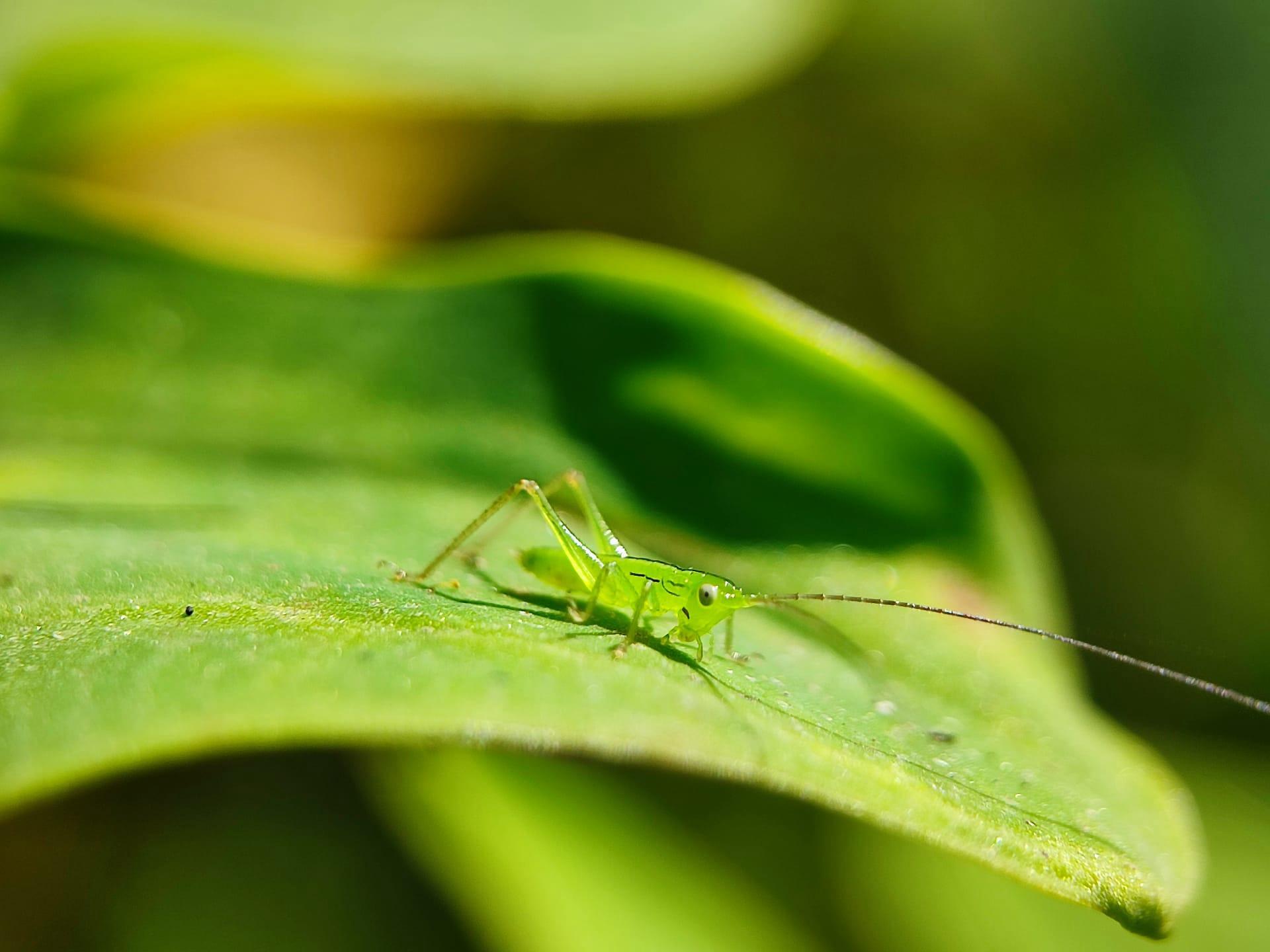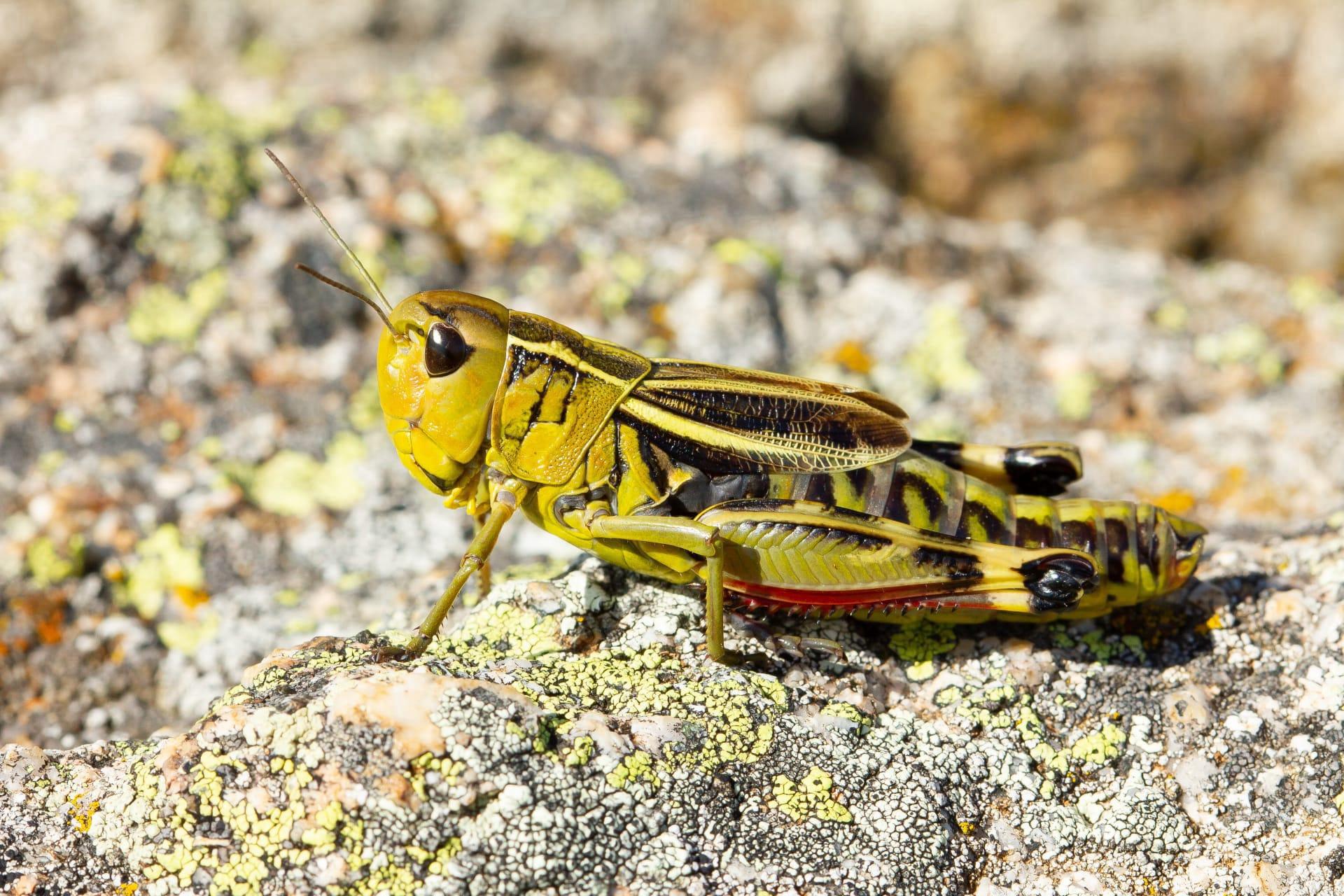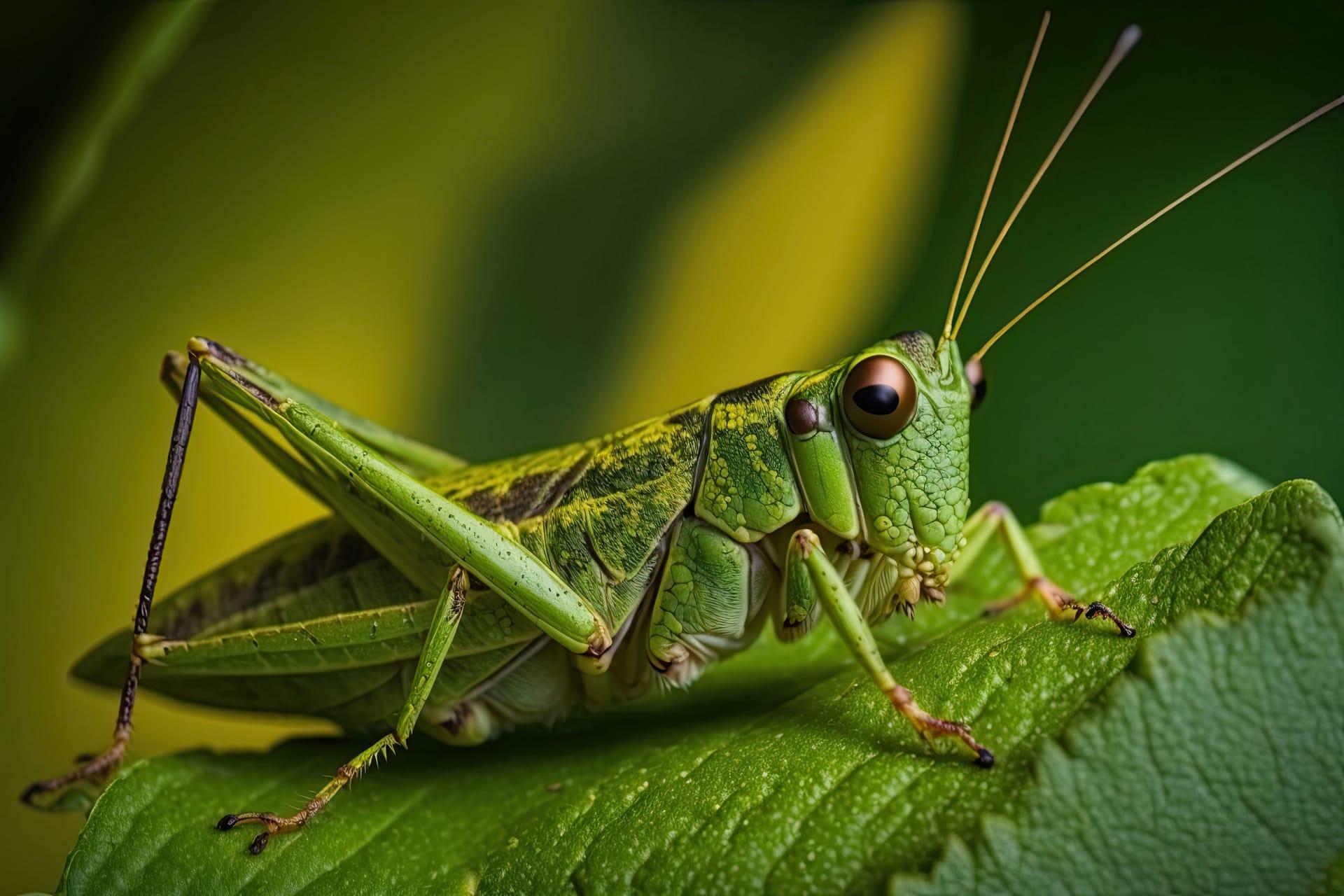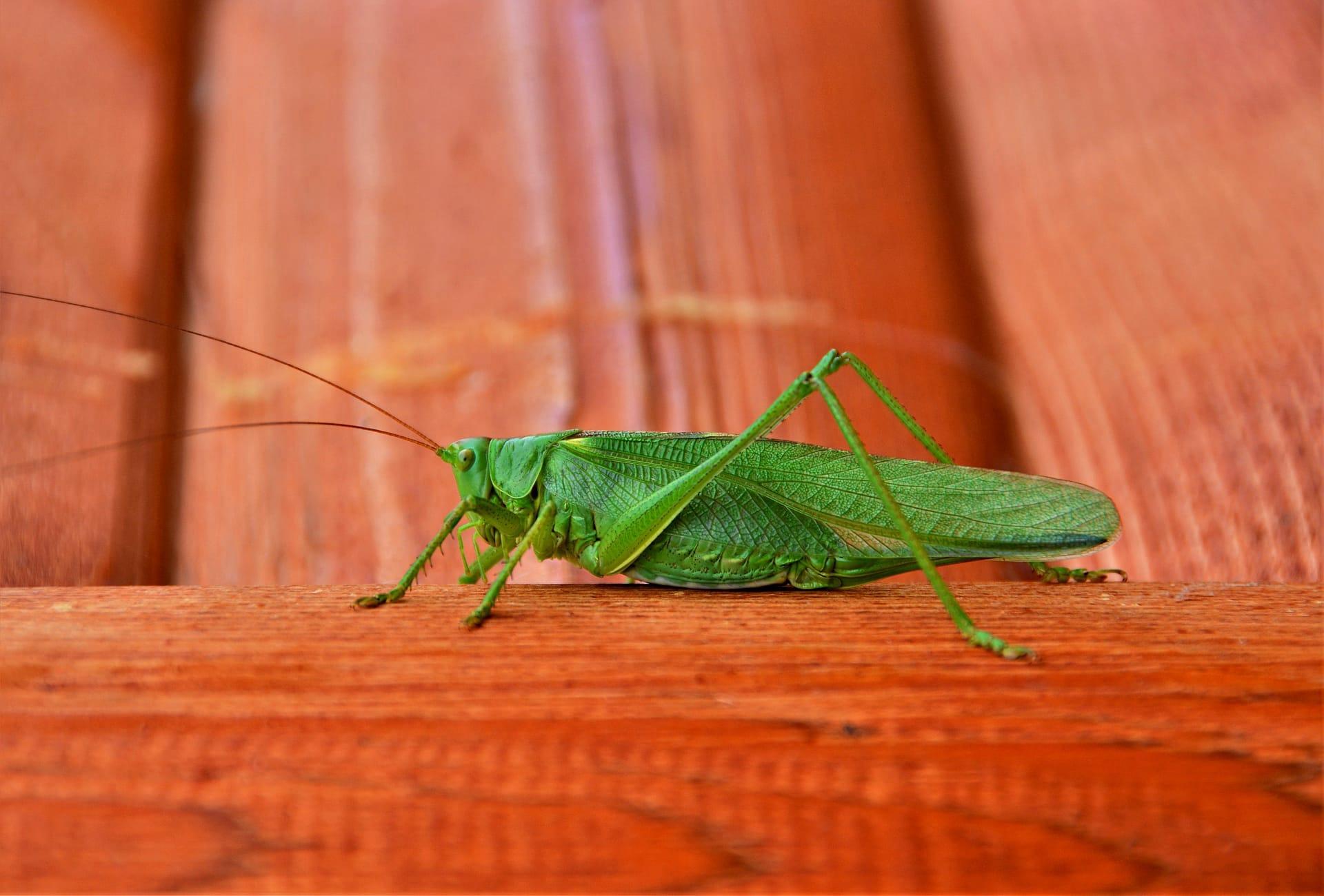Grasshopper Characteristics
- Home /
- Mini Encyclopedia /
- Animal /
- Grasshopper Characteristics
1
Grasshoppers are fascinating creatures, often recognized by their long legs and ability to leap great distances. They typically measure from 1 to 7 inches in length, with a color palette that blends seamlessly into their surroundings. These insects lead relatively short lives, with most species having a lifespan ranging from a few months to one year, depending on environmental factors. Their bodies are well-adapted for survival, with features like their hard exoskeletons providing both protection and support.
One of the most distinctive organs of a grasshopper is its hind legs, which are not only long but also incredibly powerful. These legs enable grasshoppers to execute jumps that can propel them over distances up to 20 times their body length. This remarkable ability is due to a combination of specialized muscles and an exoskeleton structure that stores energy, much like a bow ready to release an arrow. This mechanism allows them to escape predators swiftly and is a key component of their mobility and survival strategy.

2
Question: Why do grasshoppers make a chirping sound?
Answer: Grasshoppers produce their characteristic chirping sound through a process called stridulation, which involves rubbing their hind legs against the wings or abdomen. This action creates a series of vibrations, which are amplified by the grasshopper's wing membranes, producing the sound we hear. The primary purpose of this chirping is communication, particularly in matters of courtship and territorial defense. Each species has a unique chirp, which helps in identifying potential mates and warding off competitors. This acoustic signaling plays a crucial role in their social interactions and reproductive behaviors.

3
Grasshoppers are known for their impressive mobility, primarily due to their ability to leap significant distances. This locomotion is facilitated by their muscular hind legs, which allow them to jump up to 20 times their own length in a single bound. In addition to jumping, grasshoppers are also capable of flight, using their wings to cover longer distances, which is especially useful for escaping predators and searching for food.
In terms of feeding habits, grasshoppers are primarily herbivores, feeding on a wide variety of plants, including leaves, stems, and seeds. Their strong mandibles are perfectly adapted for chewing and breaking down tough plant fibers, making them efficient at consuming various types of vegetation. Some species can be quite selective, preferring specific plants, while others have a more generalist diet. This adaptability in diet helps them thrive in diverse environments, from grasslands to forests.

4
Grasshoppers thrive in a variety of environments, ranging from grasslands and meadows to forests and agricultural fields. They prefer warm, dry climates and are found in abundance in temperate and tropical regions around the world. These insects are adept at adjusting to their surroundings, using vegetation not only as a food source but also as camouflage to protect themselves from predators.
Reproduction is a significant aspect of the grasshopper's lifecycle, with most species engaging in mating during the warmer months. Females lay eggs in the soil, which are protected by a hard capsule that ensures their survival through harsh conditions. The number of eggs laid varies by species, with some capable of laying hundreds in a single season. This reproductive strategy ensures a high survival rate for the offspring, contributing to the continuation of the species across generations.

5
Book: "The Grasshopper Book: A Fascinating Look into the World of Grasshoppers" by John Smith, published in the United States in 1985. This comprehensive guide delves into the life of grasshoppers, covering everything from their anatomy and physiology to their behaviors and habitats. Smith's engaging writing style makes the science accessible, offering insights into the ecological role of grasshoppers and their impact on human agriculture.
Book: "Grasshoppers: Masters of Movement" by Emily Green, published in the United Kingdom in 1999. Green's work focuses on the extraordinary locomotive abilities of grasshoppers, including their powerful jumps and flight capabilities. The book explores the mechanics behind these movements and their evolutionary significance, providing readers with a deeper understanding of these ubiquitous insects. Through vivid descriptions and detailed explanations, Green brings the world of grasshoppers to life, highlighting their importance in the natural ecosystem.